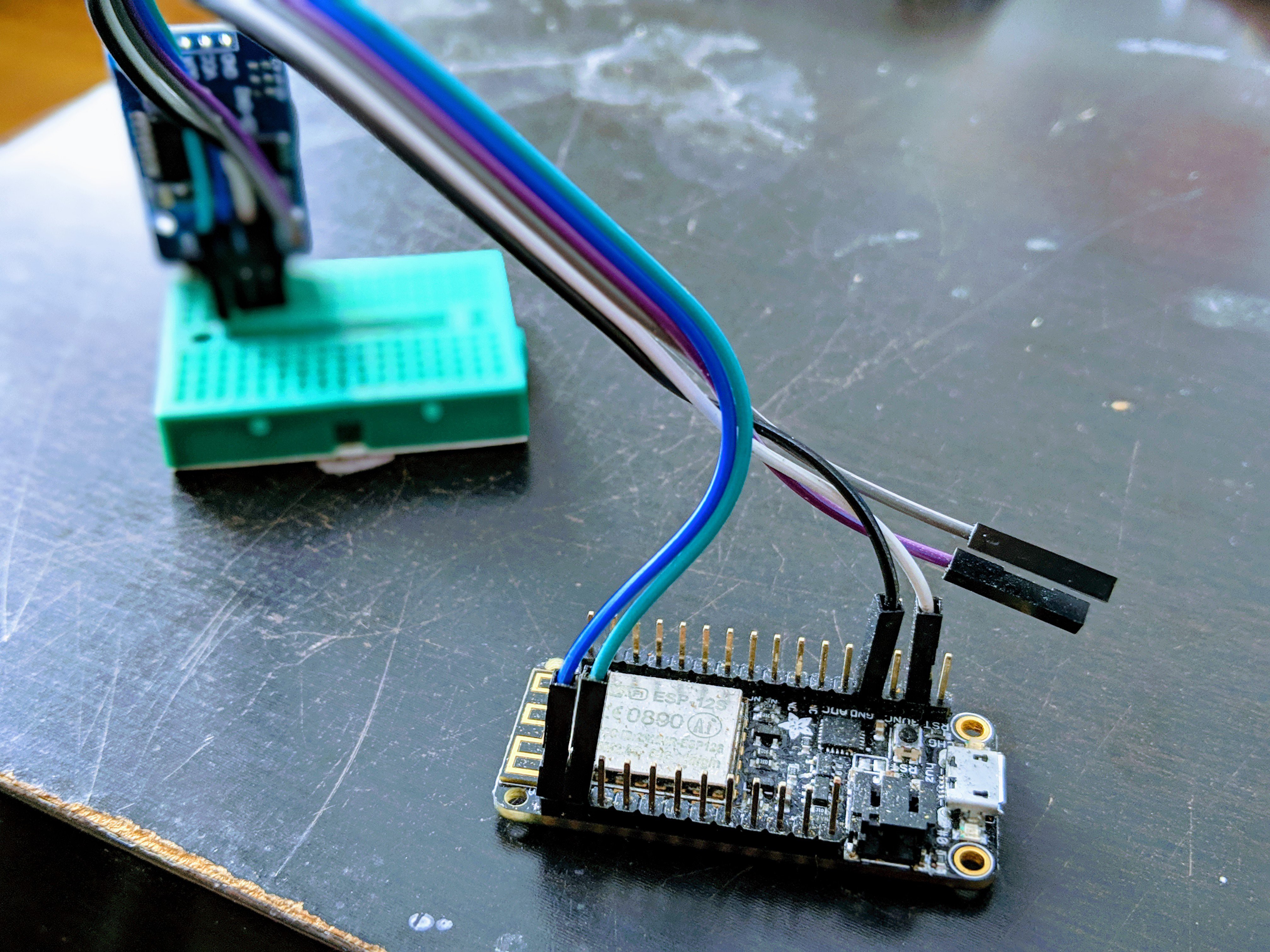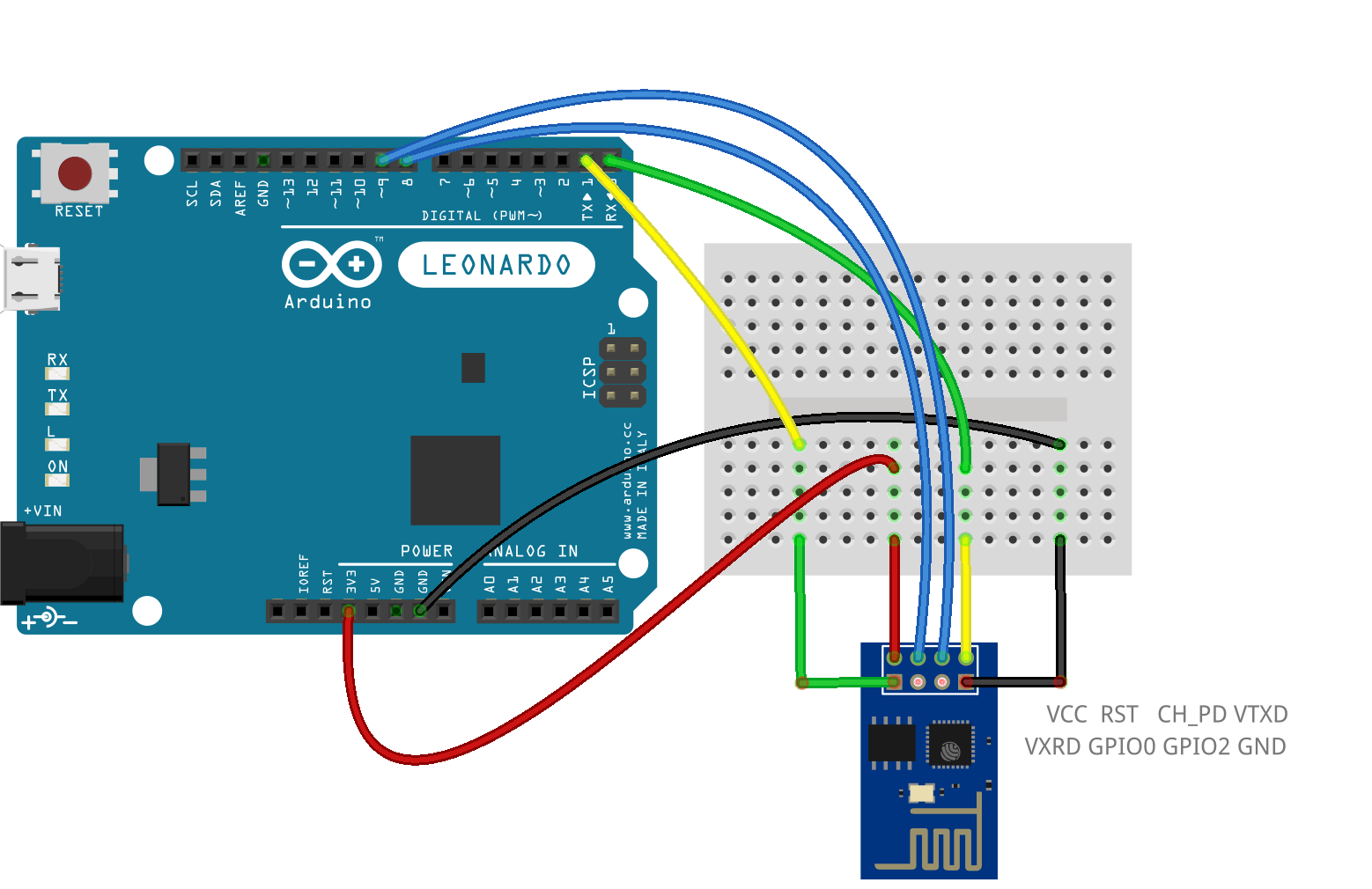

Implements a simple DNS server that can be used in both STA and AP modes.
Esp8266 wire library windows#
SSDP is another service discovery protocol, supported on Windows out of the box. mDNS and DNS-SD responder (ESP8266mDNS library)Īllows the sketch to respond to multicast DNS queries for domain names like "foo.local", and DNS-SD (service dicovery) queries. Library was adapted to work with ESP8266 by including register definitions into OneWire.h Note that if you already have OneWire library in your Arduino/libraries folder, it will be used instead of the one that comes with this package. Note that by default ADC is configured to read from TOUT pin using analogRead(A0), and ESP.getVCC() is not available. TOUT pin has to be disconnected in this mode. Add the following line to the top of your sketch to use getVcc: ESP needs to reconfigure the ADC at startup in order for this feature to be available. This is useful for accurate timing of very short actions like bit banging.ĮSP.getVcc() may be used to measure supply voltage. Several APIs may be used to get flash chip info:ĮSP.getFlashChipId() returns the flash chip ID as a 32-bit integer.ĮSP.getFlashChipSize() returns the flash chip size, in bytes, as seen by the SDK (may be less than actual size).ĮSP.getFlashChipSpeed(void) returns the flash chip frequency, in Hz.ĮSP.getCycleCount() returns the cpu instruction cycle count since start as an unsigned 32-bit.
Esp8266 wire library free#
(GPIO16 needs to be tied to RST to wake from deepSleep.)ĮSP.getFreeHeap() returns the free heap size.ĮSP.getChipId() returns the ESP8266 chip ID as a 32-bit integer. mode is one of WAKE_RF_DEFAULT, WAKE_RFCAL, WAKE_NO_RFCAL, WAKE_RF_DISABLED. ESP-specific APIsĪPIs related to deep sleep and watchdog timer are available in the ESP object, only available in Alpha version.ĮSP.deepSleep(microseconds, mode) will put the chip into deep sleep.

See if you want to suggest an improvement or open an issue related to SoftwareSerial. SoftwareSerialĪn ESP8266 port of SoftwareSerial library done by Peter Lerup () supports baud rate up to 115200 and multiples SoftwareSerial instances. Setting the Clock polarity (CPOL) is not supported, yet (SPI_MODE2 and SPI_MODE3 not working). SPI library supports the entire Arduino SPI API including transactions, including setting phase (CPHA). Wire.begin(0, 2) on ESP-01, else they default to pins 4(SDA) and 5(SCL). Before using I2C, pins for SDA and SCL need to be set by calling Wire.begin(int sda, int scl), i.e. Wire library currently supports master mode up to approximately 450KHz. EEPROM.end() will also commit, and will release the RAM copy of EEPROM contents.ĮEPROM library uses one sector of flash located just after the SPIFFS. Size can be anywhere between bytes.ĮEPROM.write does not write to flash immediately, instead you must call mit() whenever you wish to save changes to flash. You need to call EEPROM.begin(size) before you start reading or writing, size being the number of bytes you want to use. This is a bit different from standard EEPROM class. Instead, set a flag inside the ticker callback and check for that flag inside the loop function. It is currently not recommended to do blocking IO operations (network, serial, file) from Ticker callback functions. Library for calling functions repeatedly with a certain period. Four samples are provided for this library. WiFiServer, WiFiClient, and WiFiUDP behave mostly the same way as with WiFi shield library. You can use udp.destinationIP() to tell whether the packet received was sent to the multicast or unicast address. When listening to multicast packets, replace udp.begin(port) with udp.beginMulticast(WiFi.localIP(), multicast_ip_addr, port). When sending a multicast packet, replace udp.beginPacket(addr, port) with udp.beginPacketMulticast(addr, port, WiFi.localIP()).


WiFi.mode(m): set mode to WIFI_AP, WIFI_STA, WIFI_AP_STA or WIFI_OFF.This is mostly similar to WiFi shield library. Other libraries (not included with the IDE).mDNS and DNS\-SD responder (ESP8266mDNS library).


 0 kommentar(er)
0 kommentar(er)
